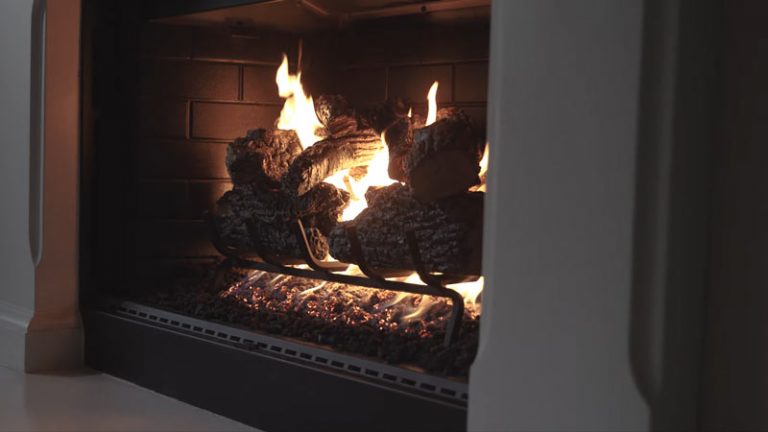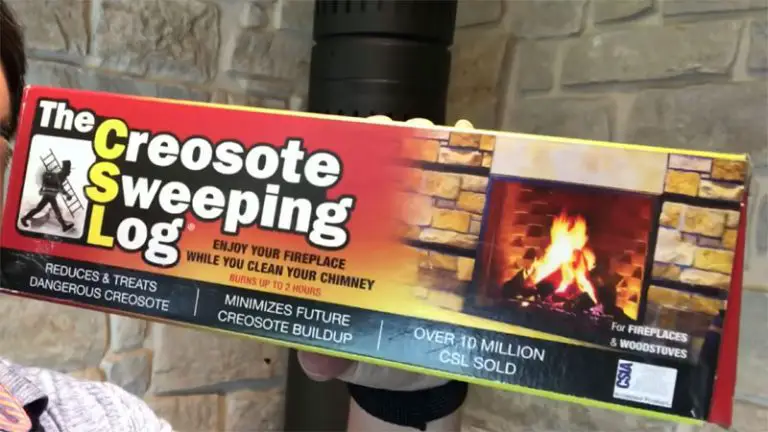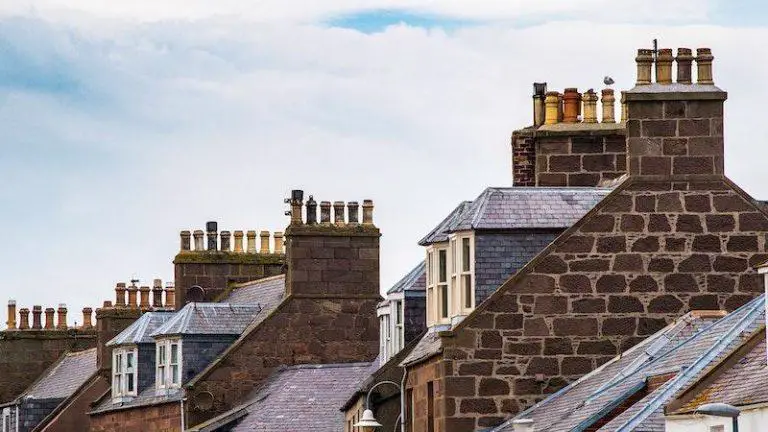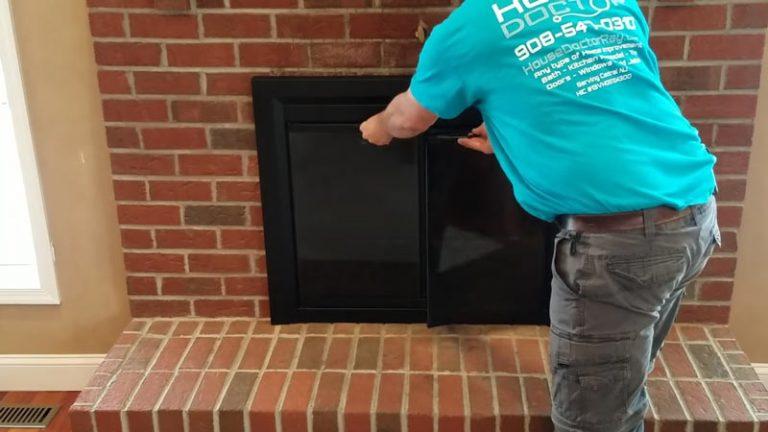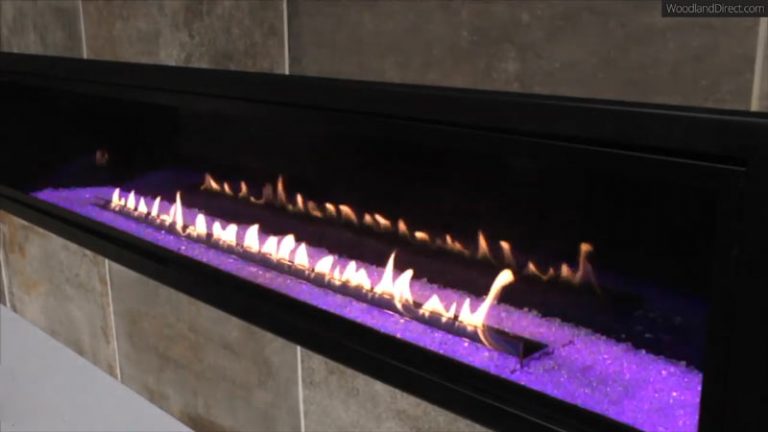I Can Hear Rain in My Chimney: Ultimate Guide to Stopping the Noise and Preventing Damage
That rhythmic dripping sound of rain inside your chimney can be more than just a minor annoyance. For many homeowners, it’s a concerning noise that brings up questions about potential water damage, costly repairs, and the overall health of their home. If you’ve ever found yourself listening to a storm and thinking, “I can hear rain in my chimney,” you’re not alone. This guide will walk you through why it’s happening, whether you should be worried, and exactly what you can do about it.
While hearing rain might seem harmless, it’s often the first symptom of a bigger problem. Understanding the root cause is the first step toward a quiet, dry, and secure fireplace.
You'll Learn About
Why Can I Hear Rain in My Chimney? Uncovering the Common Causes
The sound of rain in your chimney isn’t just a quirky house noise; it’s a direct signal that water is entering a part of your home that should be sealed. The chimney acts like an amplifier, making the sound of raindrops hitting metal or echoing down the flue more noticeable. Several factors can contribute to this issue, each pointing to a specific vulnerability in your chimney system.
The Most Likely Culprit: A Missing or Damaged Chimney Cap
By far, the most common reason you hear rain is the absence of a proper chimney cap. A chimney cap, also known as a rain cap, acts as a roof for your chimney flue. It’s designed to keep rain, snow, animals, and debris from falling straight down into your home. If your chimney doesn’t have a cap, or if it’s been damaged by high winds or corrosion, there is nothing to stop rain from entering.
Cracked or Damaged Chimney Crown
The chimney crown is the concrete or masonry slab at the very top of your chimney structure. Its job is to seal the top of the chimney and shed water away from the flue opening. Over time, exposure to the elements can cause the crown to crack or deteriorate. Even small cracks can allow a significant amount of water to seep into the chimney structure, often dripping down the flue and making noise.
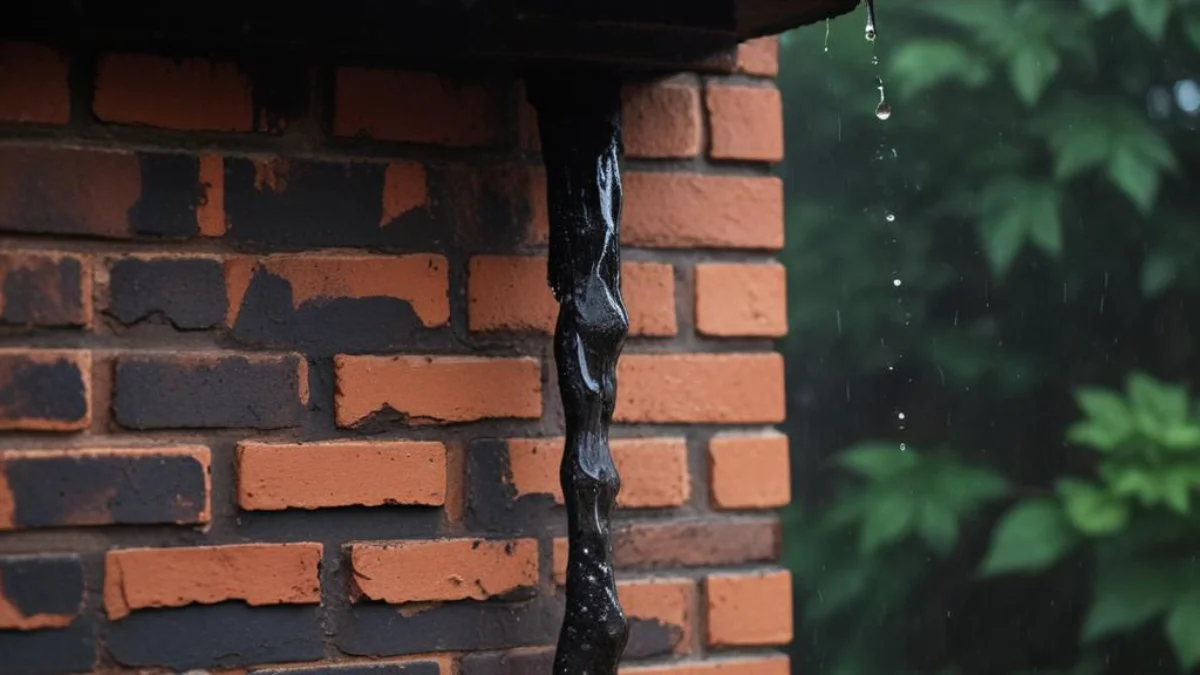
Compromised Chimney Flashing
Chimney flashing is the sheet metal installed where the chimney meets the roof. This material creates a waterproof seal to prevent water from running down the sides of the chimney and into your attic or home. If the flashing is old, rusted, improperly installed, or has pulled away from the chimney, it creates a direct path for rainwater. While this may not always cause noise inside the flue, a significant leak can lead to sounds of dripping water.
Sometimes, what sounds like a chimney issue is actually related to a larger problem, such as a noticeable gap between chimney and house, which can also let water in.
Porous Masonry and Deteriorated Mortar Joints
Bricks and mortar are porous by nature and can absorb water. Over years of exposure to rain and freeze-thaw cycles, the masonry can become saturated, and the mortar joints can crack or crumble. This allows water to penetrate the chimney’s structure. While this issue might not create a loud dripping sound, it leads to slow, persistent water damage and can contribute to a damp, musty smell coming from your fireplace.
Is Hearing Rain in My Chimney a Serious Problem?
Yes, it is a problem that should be addressed promptly. While the sound itself is just a nuisance, it points to water intrusion, which is one of the biggest threats to your chimney and home. Ignoring it can lead to a cascade of expensive and dangerous issues.
Unchecked water entry can cause rusted dampers, a deteriorated firebox, and damage to the flue liner. Moisture can also seep into surrounding walls and ceilings, leading to stained drywall, rotting wood, and the growth of mold and mildew. In the worst-case scenario, this water damage can compromise the structural integrity of the chimney itself, turning a small issue into a major repair project.
Beyond water damage, an open chimney can sometimes be the source of other strange sounds. If you’ve ever wondered what is making loud banging noise in chimney, it could be related to wind or animals that have gained access through the same openings letting in the rain.
Your Step-by-Step Guide to Diagnosing and Fixing the Problem
Now that you understand the causes and risks, it’s time to take action. Follow these steps to identify the source of the noise and implement the right solution.
Step 1: Perform a Safe Visual Inspection
If you are comfortable and can do so safely, a visual inspection from the ground using binoculars can reveal obvious issues. Look for a missing chimney cap or visible cracks in the masonry. Never climb onto your roof without the proper safety equipment and experience. For a thorough and safe inspection of the crown and flashing, it’s always best to hire a certified chimney sweep or roofer.
Step 2: Install or Replace the Chimney Cap
For most homeowners, the solution is as simple as installing a chimney cap. This is the quickest and most effective way to stop rain from falling directly down the flue. A quality chimney cap not only stops rain but also prevents animals from nesting and blocks sparks from landing on your roof.
| Chimney Cap Type | Material | Primary Benefit | Considerations |
|---|---|---|---|
| Standard Rain Cap | Galvanized Steel or Aluminum | Affordable and effective at blocking rain and debris. | May be less durable and prone to rust over time. |
| Stainless Steel Cap | Stainless Steel | Excellent durability, corrosion-resistant, and long-lasting. | Higher upfront cost but a better long-term investment. |
| Copper Cap | Copper | Highly durable with a distinctive, attractive appearance. | The most expensive option, chosen for aesthetic appeal. |
| Top-Mount Damper Cap | Stainless Steel or Aluminum | Acts as both a cap and a damper, providing a tight seal. | More complex installation; ideal for older, inefficient dampers. |
Step 3: Repair the Chimney Crown and Masonry
If your inspection reveals cracks in the chimney crown, they need to be sealed. A flexible, waterproof sealant designed for chimney crowns can be applied to fill small cracks and prevent further water penetration. For more extensive damage, the crown may need to be resurfaced or completely rebuilt. Similarly, any missing mortar joints in the brickwork should be repaired through a process called tuckpointing to restore the integrity of the masonry.
Step 4: Inspect and Repair the Flashing
Damaged flashing is a job for a professional roofer. They will need to remove the old, compromised flashing and install a new, properly layered system to ensure a watertight seal between the chimney and the roof. While some temporary flashing tapes exist, they are not a permanent solution.
Step 5: Consider a Chimney Water Diverter
In some cases, especially on roofs with a steep pitch directly above the chimney, a large volume of water can run down the roof and overwhelm the flashing. A chimney water diverter, also known as a cricket, is a small, peaked structure built on the roof behind the chimney. It is designed to redirect water around the chimney, significantly reducing the strain on the flashing and preventing leaks.
When to Call a Professional
While some handy homeowners might feel comfortable installing a simple chimney cap, most chimney repairs require professional expertise. Always hire a certified chimney sweep or a qualified roofer for tasks involving roofing, flashing, or significant masonry repair. These professionals have the training, tools, and safety equipment to do the job correctly and ensure your home is protected.
Hearing rain in your chimney is a clear warning sign that shouldn’t be ignored. By understanding the causes and taking decisive action, you can silence the annoying dripping noise and, more importantly, protect your home from the silent but devastating effects of water damage. A small investment in a chimney cap or a timely repair can save you thousands of dollars in the long run and give you peace of mind the next time a storm rolls in.

